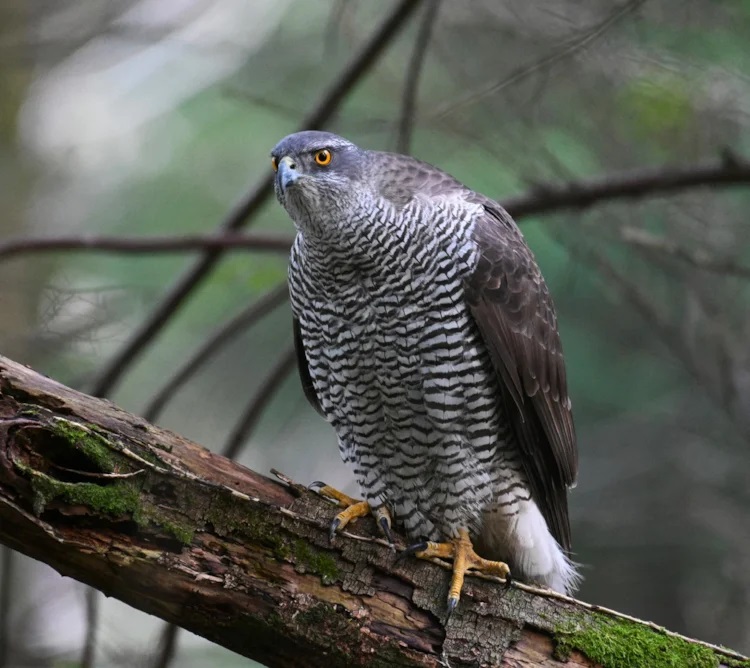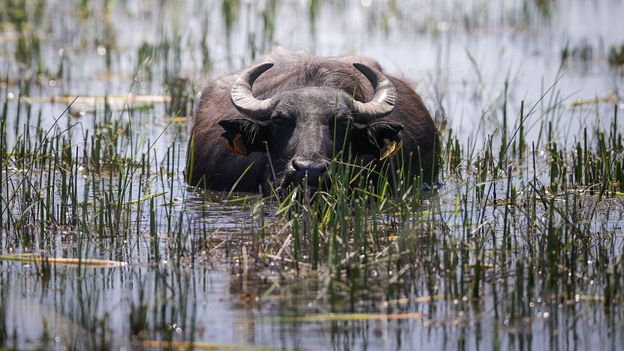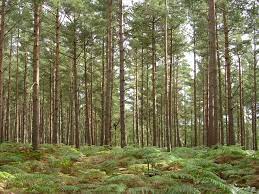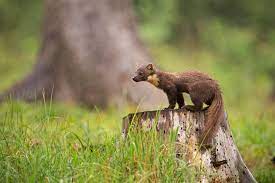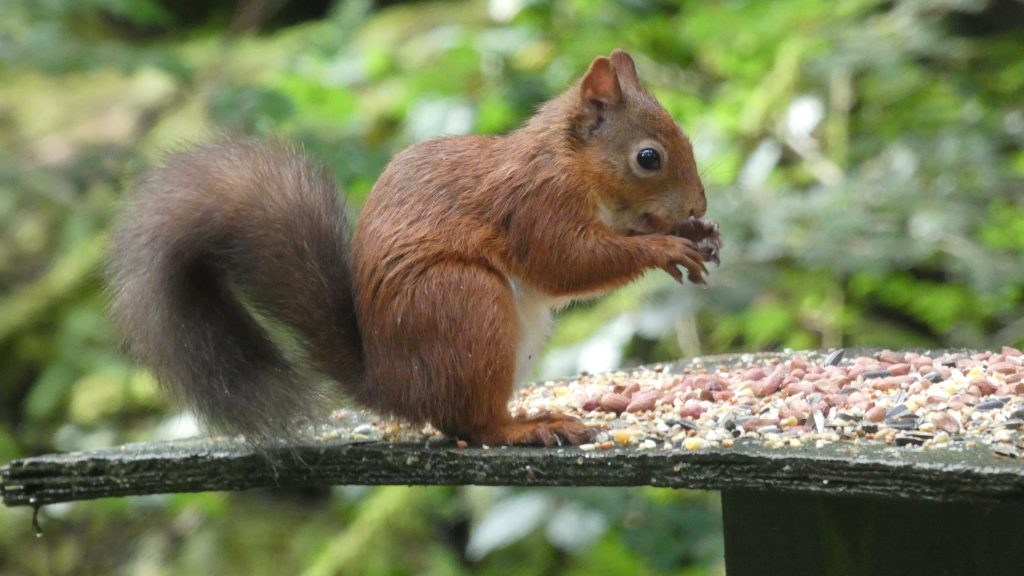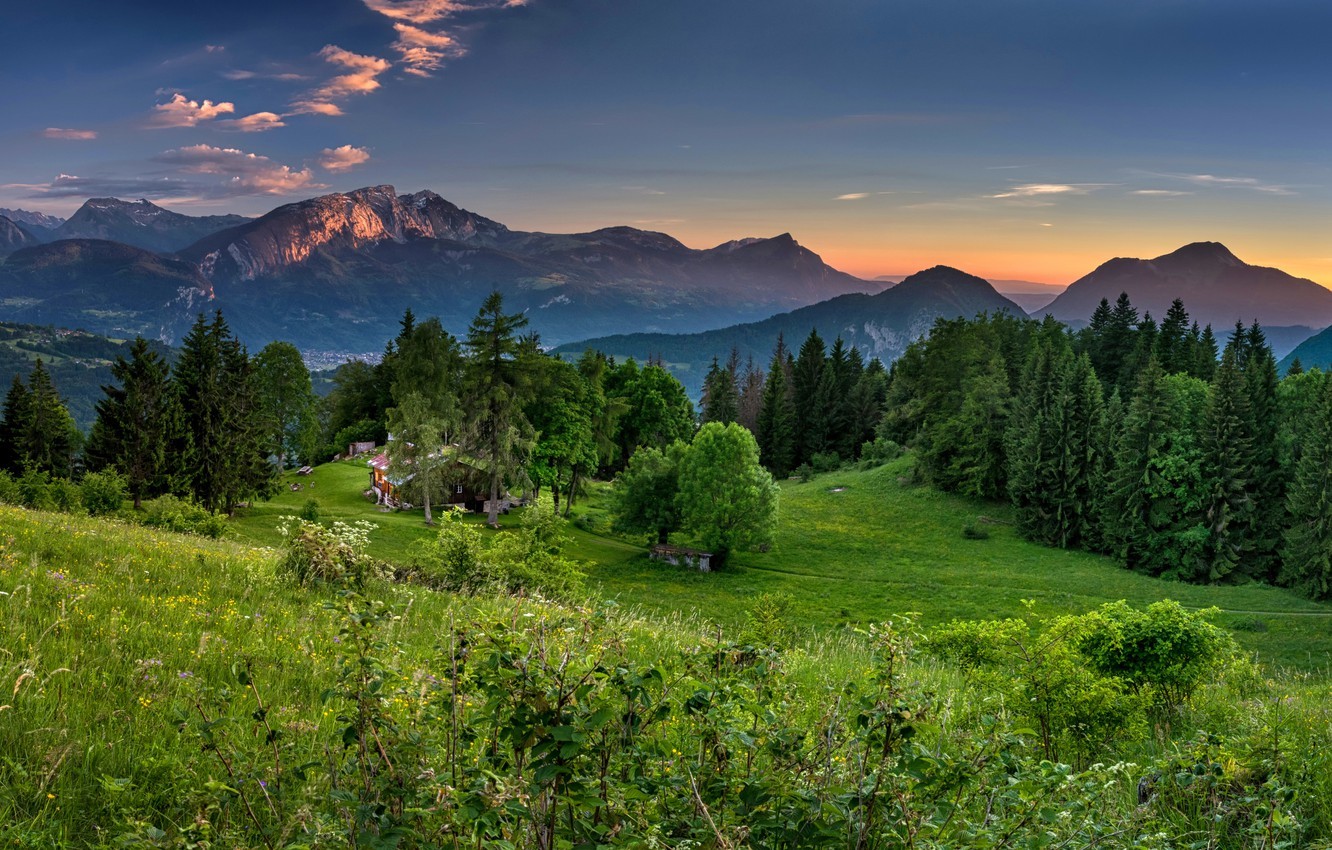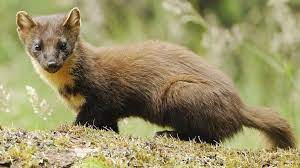
For any readers who do not know what a pine marten is, the above will give you an idea. It is an arboreal predator (that is, it hunts in the trees). There are a total of 8 species of marten across the world. Historically, this was the second most common predator in the UK, with only the fox being more common.
Unfortunately, its habit of taking chickens lead to it being hunted ruthlessly. At the current time, it hangs on in Wales, and has a significant population in Scotland. In Ireland, the recovery is far further along.
In the UK, one of the reasons that we miss this little predator, is its impact on grey squirrels. Unlike the pine marten, the grey squirrel is not native to the UK, and its presence does much damage, from its impact on trees, and other plants, to the fact that it carries a disease which wipes out the reds rapidly (so they are incapable of living alongside each other). This is a species which I have followed closely, and while other matters have stopped me blogging on this species as often as I would like, it has not stopped me from reading about it, so you will find summaries of a variety of stories below.
Reintroduction project in Dartmoor: 15 pine martens were released in secret locations within Dartmoor in September. A total of 7 conservation organisations have been involved in this translocation. It is a total of around 150 years since pine martens were last in the area, but the translocated individuals are settling and slowly dispersing across the landscape.
To the right you will find a tiktok video which will give you details on this reintroduction.
@woodland_trust Pine martens are back in Dartmoor! 🎉 This conservation success story is the work of The Two Moors Pine Marten Project which we’re a partner of. 🌳 Site manager David Rickwood explains more. 📽 Learn more at 👉 twomoorspinemartens.org @National Lottery Heritage Fund #woodlandtrust #wildlife #britishwildlife #wildlifetok #pinemartens #dartmoor #conservation ♬ original sound - Woodland Trust
While there is no idea where the pine martens came from, they appear to be doing well, and as the video shows, are breeding. While they have not been there long, so there is little evidence yet, it is highly likely that the pine marten arrival will be bad for local grey squirrel populations (a non-native squirrel which does much damage to UK woodland). This is an area of excitment and should be followed closely.
Pine marten spotted on Longleat estate
Pine marten caught on camera trap in Longleat estate in Wiltshire. It is unclear where this individual came from, lying half way between the forest of dean and the new forest (but far from both), but it is thought it has arrived naturally. While red squirrels would not be able to reappear in this part of the country, without help, as all surrounding areas have grey squirrels, should the pine marten survive, it is likley to greatly impact the local popualtion, and create an island, into which red squirrels could eventually return.
Pine marten in the forest of dean
Pine marten were translocated from Scotland into the forest of dean, beginning in autumn of 2019, when 19 were introduced, and a further 35 joined them in the next 2 years. Last summer, there was an estimate of 60 living in the forest, which while not a big increase, it has not fallen.
While the forest of dean covers just over 200 square miles, it is thought that 60 is roughly the carrying capacity. That suggests that the pine martens in the forest of dean need roughly twice as much space as elsewhere, so time will tell if the population can grow beyond this level. Still, it seems likely that this number of pine martens should be able to eradicate the grey squirrel, or at least greatly reduce its number in the area.
The below video shows 3 cubs from around 4 years ago.
Pine marten in the forest of dean
Research is being done on whether pine martens can live in timber forests – which account for a lot of forest in Scotland
Some simple changes may well allow timber and pine martens to flourish alongside each other. Across 1 woodland, a number of nest boxes have been added, which appears to be helping. The plantations are also looking at letting some older trees stay standing, as these are where cavities appear, which is the pine martens natural home. This research is being carried out in the forest of Ae and around Castle O’er.
Pine martens have turned up in a London cemetery, in area of England where they have not been seen for 150 years
The Zoological Society of London ZSL (London Zoo) already had a project in the area with remote cameras, as it is a stronghold for the hedgehog (unfortunately, another species with a horrific decline in the last 20-30 years). It was just one (and this was in 2022, so may well be gone), but it is exciting that such a small area can house an animal like this.
The Forest of dean, is 80 miles away, which is the nearest population, so it is thought that this might have to be the result of an illegal translocation (they are being translocated, but should be done by professionals, with checks and more.
Pine marten recovery is further along, and helps understand how it will work in England, particularly in cities (not the safe zone once thought)
Once almost extinct, for similar reasons in the UK (habitat destruction, and persecution) in 1976 they were given legal protection, and at the same time, forestry started to expand once again. The pine marten is how living in around 45% of Ireland.
The red squirrel is recovering as a result. There was a fear that grey squirrels would survive within cities, as pine martens are generally to shy to venture into even large parks within cities. However, what has been found, is that the abundance of squirrels in cities is a mirage – there are only sustained by populations outside the city, therefore, should places like the green belt around London get settled by pine martens, it is likely that the London squirrels would disappear within a few years.
Similar to elsewhere, pine martens have now also been introduced to the Lake district.

